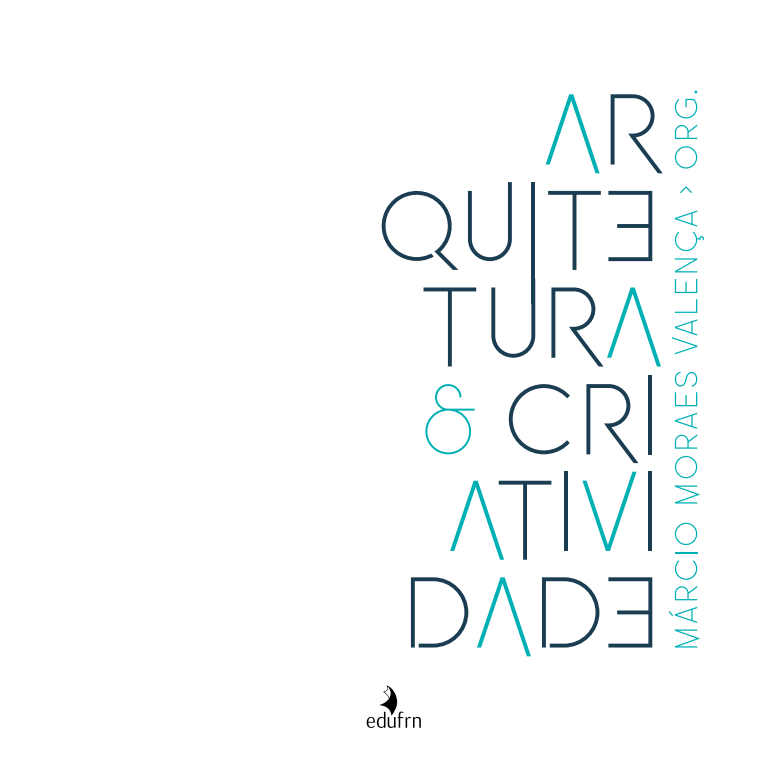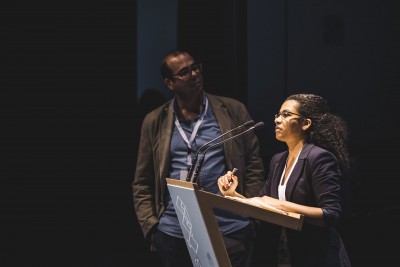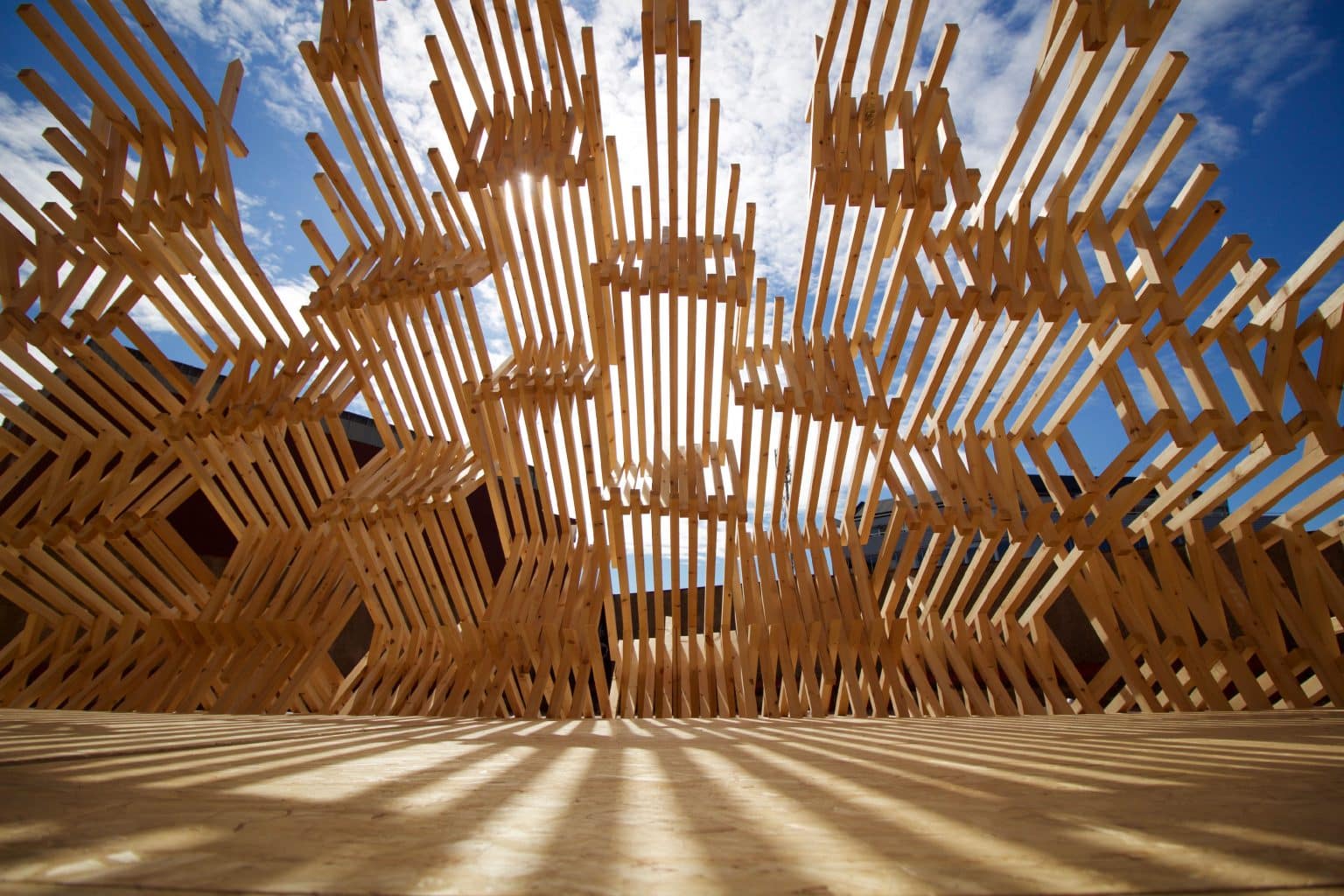About
In architecture, creativity is a process that presupposes a will to critically transform reality. In the book Creatività e Transformazione, the architect Gregotti (2016, p. 47) dialogues with Marc Augè and with architecture students; in this context, he says: “creative modification is a lasting design act which constitutes the idea of a necessary novelty”. This perspective is aligned, as explained in this book, with Poicaré’s proposal (apud BERTELLI, 2016, p. 9), in which “creativity is uniting existing elements with a new connection that is useful”. In fact, the usefulness of architecture, already stated in Vitruvian utilitas, is a stimulus for the entire creative process, even though it can include other artistic, historical, social and environmental dimensions. Gregotti warns architecture students of the dangers of the new, more specifically, the ephemeral and superficial novelty that the contemporary and global world can pose to the creative process and challenges future architects to always consider the specificity and local circumstances, interpreting the needs of the community, the values of history and the characteristics of the anthropogeographic context.





